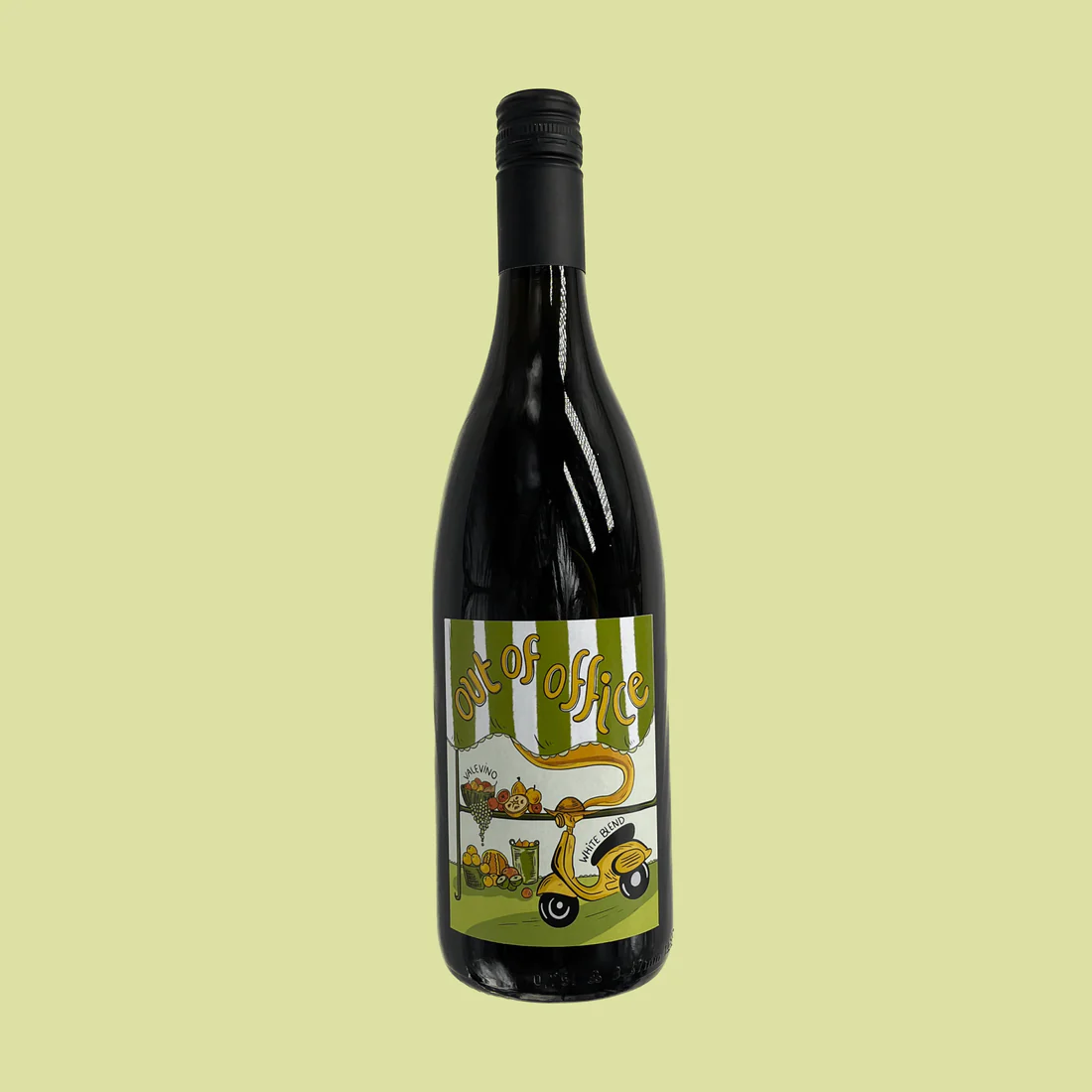Wine can seem so confusing! Red, white, sparkling, orange, rosé there are so many types of wine, and keeping up with how they are made can seem overwhelming. Pour yourself a glass, and let's dive into how white wines are made.
What is white wine?
White wine can be made from green and yellow colored grapes or dark-colored grapes (some people say "black" or "purple" grapes). The color of the wine comes from the skins so the reason it's feasible to use dark-colored grapes is because the dark colored skins are not used during fermentation for white wine.
Fermentation is the process that turns the grapes into alcohol - we will get to fermentation in more detail later.
Step 1: Grow and harvest the grapes
It's important to remember that wine is an agricultural product. People like it to sound intimidating and fancy, but much of the work happens in the vineyard. A vineyard is much like a farm. I like to compare grapes to apples. Sizes of apples, taste, and price can all vary every year. If you've ever visited an apple orchard, different varieties can be picked in different weeks. The timing and quality of the apples you get can all be impacted by where they are grown, how much rain there was, how cold or warm it was, if there were diseases, and how much sunlight the trees get. Grapes work very similarly. And just like apples year to year, the taste may vary slightly because of the size, sugar, and overall quality.
When the grapes are ripe (usually at the end of summer/early fall), they need to be picked (harvested). Some vineyards do this by hand, and others use machinery.
Step 2: Add pressure
The grapes are brought to the winery immediately after harvesting and are pressed. The juices from the grapes (which will be used to make the white wine) are separated from the seeds and skins in this process. Many times at this step, sulfur dioxide is added to the grapes. Sulfur dioxide is the primary preservative used in wine - it's used to prevent the grapes/juice from going bad. The juice is left to settle for a few hours or more (immediately after pressing, it is cloudy; it needs to be clear to make wine).
Step 3: Fermentation
Fermentation is the process that turns the grapes into alcohol. It usually takes 14 days for white wine. First, yeast is added to the crushed grapes. The yeast is a key step to the winemaking process, just like baking bread (any other pandemic bread bakers out there?).
In winemaking, different types of yeast can be used (commercial or natural), but what you need to remember is that the yeast is the step that kicks off the grapes being turned into alcohol.
In this step, temperature can be used to help control the sweetness level. Just like with baking bread, the yeast "eats" the sugars. By super chilling the juice during fermentation, the winemaker can stop the yeast from "eating" the sugars in the juice and preserve some of the sugars to make a slightly sweeter wine.
Step 4: Second fermentation (malolactic fermentation)
The second fermentation is optional for white wines. It occurs in oak. The purpose of it is to convert malic acid (this can cause some of the tartness in white wines) to lactic acid (this gives the wine a buttery taste, as you often see with chardonnays).
Second fermentation (malolactic fermentation) uses bacteria instead of yeast. The bacteria "eats" the malic acid and turns it into lactic acid.
Step 5: Aging
The wine is then moved to containers for aging (typically steel tanks or barrels). Aging can range from months to years. For white wines, the aging process is typically shorter than red. Stainless Steel tanks preserve the freshness of the wine, control the amount of oxygen exposure, and are cost-effective. Oak Barrels add flavor to the wine, allowing more oxygen exposure than stainless steel.
Step 6: Filter and bottle
When the winemaker decides the wine is ready to be bottled, the wine is often filtered first. I like to compare filtering to using a strainer for cooking. There are several different methods used to clarify/filter the wine. In this step, many winemakers add Sulfur Dioxide (sulfites) to preserve the wine.
The wine is then bottled.
Step 7: Age or enjoy!
Some special wines become better with age and can be aged in their bottle. During the bottle aging, the wines can develop different flavors over time.









